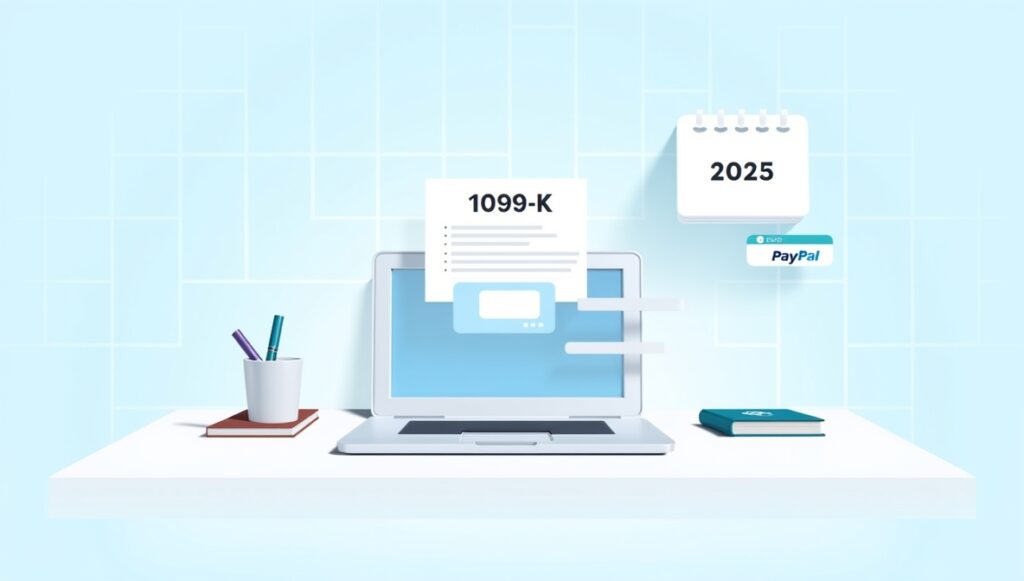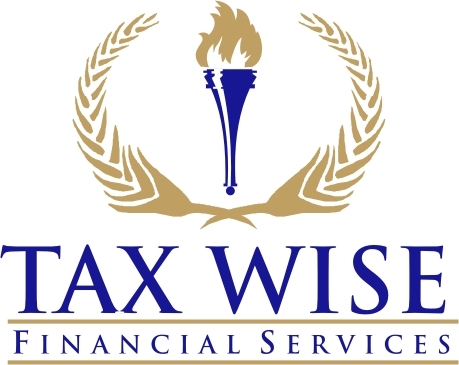
If you use Venmo or PayPal to get paid, you might get a special tax form called a 1099-K. This form is important for your taxes, and you need to understand what it means. In 2025, the rules about this form have changed, so it’s more likely you will get one. Don’t worry—we’ll explain what it is, why you got it, and what to do next.
Page 1: What Is a 1099-K?
A 1099-K is a tax form. It shows how much money you received through payment apps like Venmo or PayPal. If you made over $600 in 2025, you might get a 1099-K, even if you were just selling old clothes or splitting rent with a friend. The IRS uses this form to track your income.
Before 2025, most people only got a 1099-K if they made more than $20,000 and had over 200 transactions. But now, the rule is much stricter. If you received just $600, even from one payment, Venmo or PayPal might send you the form.
So, if you got a 1099-K from Venmo or PayPal, the first thing to do is check it carefully. Make sure all the amounts listed are correct. Sometimes, people get the form by mistake, especially if the money was just a gift or reimbursement.
Page 2: What To Do With Your 1099-K
If you got a 1099-K from Venmo or PayPal in 2025, here’s what to do next:
- Look at the Details: Read the form closely. Check the total amount and who sent you money. Make sure it’s not showing personal payments like gifts.
- Figure Out If It’s Business Income: The IRS wants you to report business income. If you sold goods or services—like crafts, tutoring, or used items for profit—that’s business income and needs to go on your tax return.
- Keep Good Records: If you got a 1099-K from Venmo or PayPal, compare it with your own records. If the numbers don’t match, you might need to explain it when you file your taxes. Keep notes, receipts, or screenshots just in case.
- File Correctly: Use tax software or get help from a tax pro. There may be a place in your tax return to explain personal payments that don’t count as income. If the money was for a personal reason, it’s important to show that.
- Don’t Ignore It: Even if the 1099-K is wrong, don’t throw it away. If you got a 1099-K from Venmo or PayPal in 2025 and do nothing, the IRS might think you owe taxes.
Page 3: Common Questions and Tips
Q: What if the money was just from friends? If your friends paid you back for lunch or sent you birthday money, that’s not income. But Venmo or PayPal might still send a 1099-K. In that case, you’ll need to mark it clearly on your tax return and possibly attach a note.
Q: Do I have to pay taxes on everything in the 1099-K? Not always. You only pay taxes on business income. But if you got a 1099-K from Venmo or PayPal in 2025, the IRS thinks it might be business money, so you must explain what it really is.
Q: What if I didn’t get a 1099-K, but I still earned money? Even without the form, you must report all your income. So if you sold crafts on PayPal and made $500, you still have to report it.
Tips for Next Year:
- Mark personal payments as “Friends and Family” in your app.
- Keep a list of what each payment was for.
- Use a separate account for business if you sell things often.
In 2025, the IRS is watching digital payments more closely. If you got a 1099-K from Venmo or PayPal, don’t panic. Just follow the steps, report what’s right, and keep good records. That way, tax time will be easier and less stressful.
Remember: getting a 1099-K doesn’t always mean you owe taxes—but it does mean you need to pay attention.


